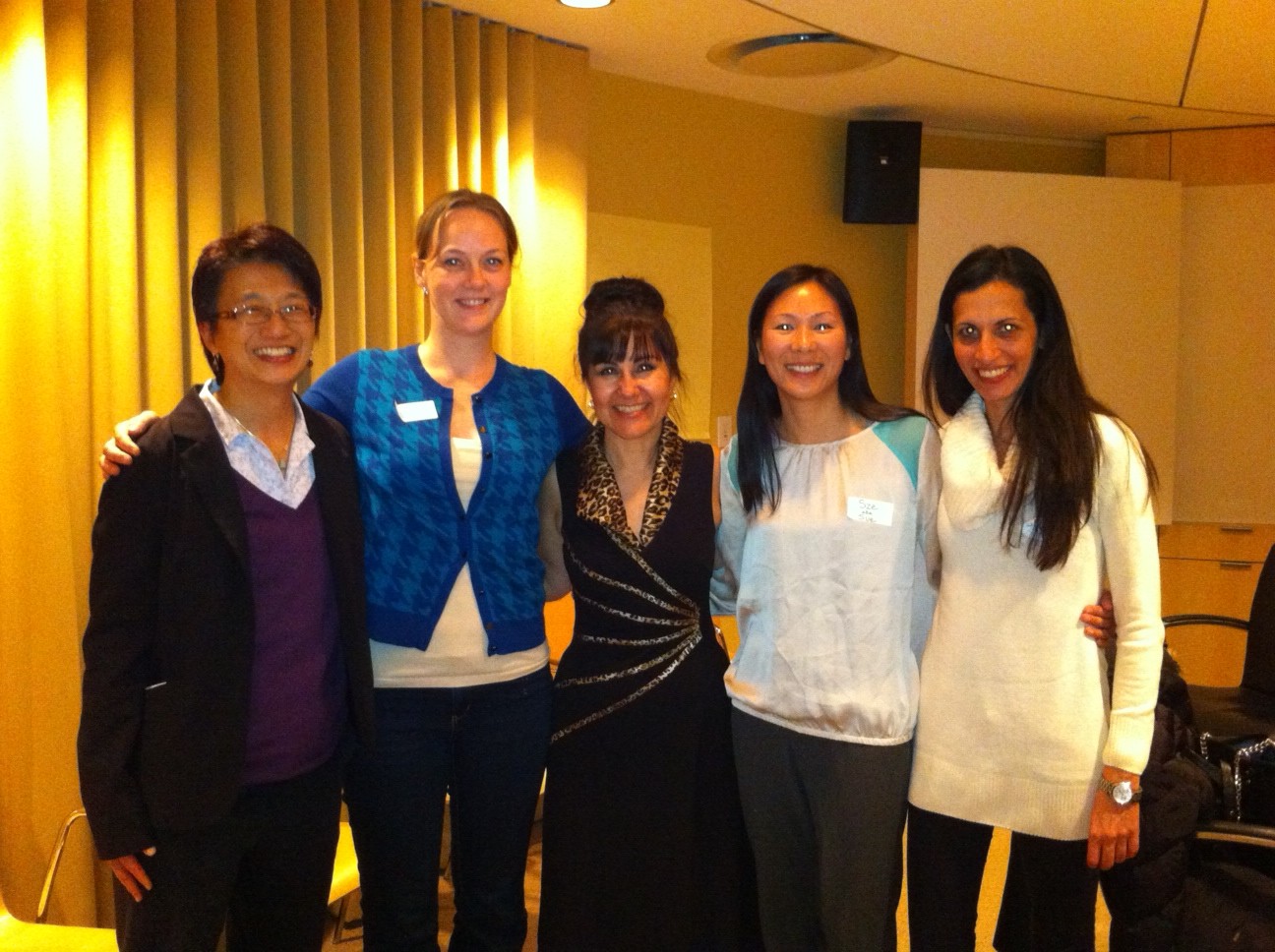Written by Sze Ng, PhD, de la Femme co-founder.
I’m amazed by how many young professionals my age postpone thinking about and planning for retirement. Let’s face it; we all have bills, lots of bills, whether living expenses, student loans, car payments, etc. We think to ourselves that we just don’t have the extra cash flow. We’ll definitely contribute to a retirement plan in the future when we’re making more money. However, let me just state that there are many advantages to STARTING EARLY! (Obviously, if you have lots of loans or debt that you’re paying high interest rates for, you should pay those off first, but that’s another story.) Ladies, set aside a few moments to take those first steps to preparing for a financially independent future!
I’m going to focus on my favorite retirement tool, the Roth Individual Retirement Account (IRA). I think that a Roth IRA is a must for young professionals like myself to consider because we have lots of time to allow our contributions to grow, making tax-free withdrawals a major perk of the Roth IRA. There are many other perks, but I’ll discuss some of the ones I think are the best incentives for opening a Roth today, if you haven’t already done so!
You’ll most likely pay fewer taxes. A Roth IRA is different from a Traditional IRA in that for a Roth IRA the tax advantage is deferred until the future. Contributions to a Traditional IRA are tax deductible now and distributions are taxed in the future. Thus, a Traditional IRA would be a good investment vehicle if you expect to be in a lower tax bracket upon retirement. However, I think that most people will (hopefully) be earning higher salaries as they advance in their careers, and as we get older, we’ll probably be accustomed to a higher standard of living… no more of that poor college student lifestyle where ramen noodles were a perfectly nutritious and satisfying dinner. Therefore, a tax deduction now would not be as advantageous as TAX-FREE WITHDRAWALS OF ALL THAT INTEREST YOU’VE ACCUMULATED over 20, 30, 40, or 50 years of retirement savings! I also want to note that with tax season around the corner, the Savers Credit is another incentive for why young people should start saving for retirement. THE SAVERS CREDIT ALLOWS UP TO AS MUCH AS $1,000 OFF YOUR TAXES. The amount of the credit depends on income, filing status, and how much is contributed to retirement that year, but the possibility of an extra $1,000 in your pockets for doing something that is financially responsible is a win-win scenario in my book.
You can take your contributions out AT ANY TIME TAX- AND PENALTY-FREE. The concept of a Roth IRA is that you are saving for retirement, and so you should try to save that money until retirement. However, what if you’re strapped for cash and need the emergency funds? While other retirement vehicles will charge you an early withdrawal penalty, the Roth IRA allows you to take your contributions out tax- and penalty-free. ONLY CONTRIBUTIONS ARE ALLOWED THOUGH, the interest earnings made from those contributions need to wait until the retirement age of 59.5 for withdrawal or you will have to pay penalties on that portion. A major consideration is that the Roth needs to be OPEN FOR AT LEAST FIVE YEARS before you can withdraw your contributions tax- and penalty-free, thus another reason to START EARLY. Note that each yearly contribution doesn’t have to be in the account for five years, rather the five-year clock starts with your first contribution. For instance, let’s say I contribute $500 to a Roth for the first time in 2006 and then add $500 to it every year (2007, 2008, 2009, 2010, and 2011), and have earned $300 worth of interest; well, I can take out all $3,000 of contributions tax- and penalty-free for any reason because my five year clock started in 2006. However, I will not be able to use the $300 from interest earnings without taxes and penalties, unless it is for a qualified reason such as eligible medical expenses. In addition, the IRS allows individuals to withdraw up to $10,000 tax- and penalty-free, which include earnings, to help with a first-time home purchase.
Lastly, I want to spend some time on the power of compound interest. You have heard my reasons for why I have chosen to contribute to a Roth, but if you decide this is not the retirement tool for you, it is still advantageous to start saving for retirement as soon as you can because the sooner you start saving, the greater the benefit of compound interest. Compound interest is the interest earned on reinvested interest, as well as the original amount invested. Thus, time will help you generate higher returns on your money. Even if you contribute just $500 today to a Roth and don’t do anything with it ever again, that $500 and its future interest will both be helping you make money for retirement!
Thus, it is never too early to start thinking about retirement, and to stay financially independent. Stay tuned for my next article, where I discuss some of my favorite Roth IRA companies and accounts.


 Manijeh Goldberg
Manijeh Goldberg





 J. ENDICOTT/CORBIS
J. ENDICOTT/CORBIS